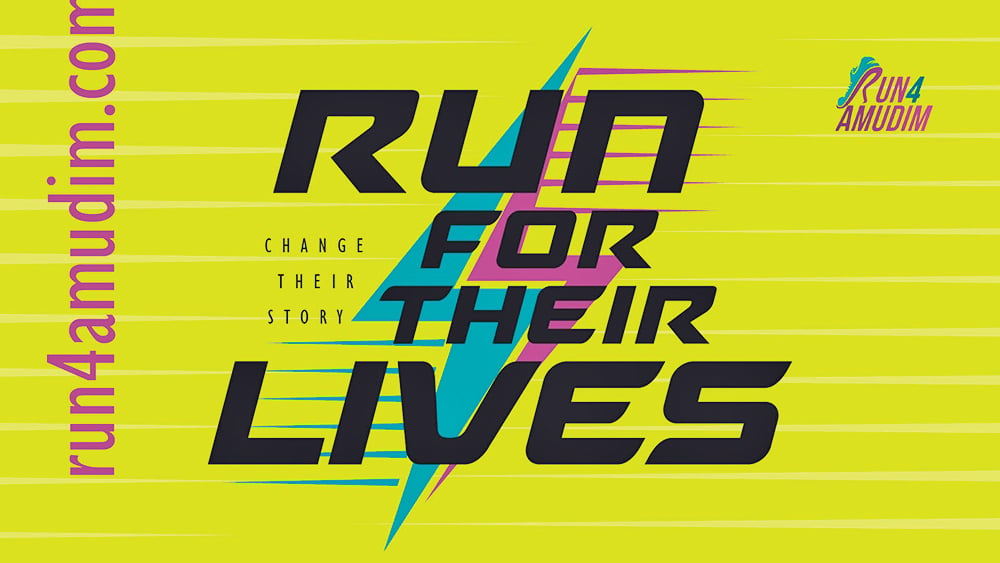Mountains of the Mind
What are the mountains we create in our minds? I am reminded of Emily Dickinson’s lines, “I cross till I am weary/ A Mountain-in my Mind-/ More Mountains-then a Sea-/ More Seas-And then/ A Desert-find…” She notes how we can jump in our minds, enlarging our challenges, to the point where we ask ourselves, “…What merit had the Goal-..?.” Sometimes, we become so mired in our mind’s personal biases, that we justify ourselves by claiming that our original goal was impossible.
Embrace What We Face
Too often as educators and parents, our lives are filled with complications! We can choose to embrace what we face! Our reactions, and the stories we tell ourselves in our heads, either contribute to our ability to engage with those difficulties, or conversely, enhance our own suffering. In these weeks’ parshiot, we read over and over again of Avraham’s extraordinary life and how he didn’t avoid his nisyonot. In fact, many commentaries explain that a fundamental trait of life challenges is a requirement to act in a way that is contrary to our nature! Balancing our own traits in our relationships, both for teachers and parents, becomes one of the most important aspects of building trusting and loving interactions.
Practical Implications
One of the most practical teaching and parenting examples of this comes with the setting of clear expectations and boundaries. Someone who is naturally flexible and easygoing has to commit to being more consistent, as children thrive with rules and knowing what to expect. Someone who is naturally highly organized and adheres to structured routines needs to add flexibility, as children are not all the same and will need more individualized approaches. Throughout parenting and teaching, this ability to stretch out of our comfort zones and behave in ways that are optimal for children, and not always natural for us, is what allows us to tread the path of greatness.
Choose By Design
On a school level, this infusion of purpose, planning and intentionality to meet the needs of children is truly “by design.” Every aspect of a child’s school experience is informed by a strong educational philosophy that encompasses supporting the growth of the whole child. Academic learning is not separate from social and emotional development; rather, emotions drive, and social transactions underpin academic success. If you have been a reader of my articles for the past six years, I have shared each year the mantras we espouse within our metacognitive framework, which are inclusive of building children’s and adults’ capacity for goal-setting, self-monitoring, self-awareness and self-reflection. While this year’s mantra is “by design,” this depends on all of the previous years’ building blocks! I refer you to articles from years’ past for more extensive treatment of these building block themes.
Demystify Discomfort
Let’s take a virtual walk around the building and notice some of this intentionality and planning. Clear end goals inform the choices and emphases of the school year. Building a warm, compassionate and emotionally safe learning environment allows students the opportunity to take academic risks. Children (and adults) must feel comfortable making mistakes and feeling confused. This is a crucial element of the learning process and it needs to be demystified and made explicit for everyone. Let’s notice how this kind of learning environment is created and supported.
The Caring Community
The first item you may notice are small posters hanging on walls in halls and classrooms. These are reminders of schoolwide expectations for a caring community. “Take care of ourselves! Take care of each other! Take care of our community!” This is tied carefully with the ongoing training and support in the Nurtured Heart Approach of all adults so that everyone is using common language to speak to students. You might see a student pick up a crumpled piece of paper in the hallway and an adult say, “I noticed that you picked up that piece of trash. That shows that you are a person who cares about our school community.”
Peek into Classes
Now, let’s peek into some classrooms, and travel around a bit. Class sizes are small, allowing teachers to maximize relationships, facilitate strong social bonds and meet children’s academic needs.
In a kindergarten class, several students are tossing a ball with letters to practice their sounds, a student who is already an independent reader is reading quietly with another teacher, and a third group is jumping on sight words.
I go up the stairs to a first grade class, where one group is exploring the concept of zero and another is creating fact family models with unifix cubes.
I watch some second graders jumping a line of words and another second grade group where pairs of students are practicing asking each other questions about a social studies text.
I hear budding third grade scientists and engineers creating and drawing plans for a superior tooth-brushing experience, as they practice the engineering design process and the scientific method.
I observe fifth and sixth graders laughing and learning how to sit in silence and engage in games where they have to read each other’s body language. Through their theater program, they practice their active listening and collaboration skills.
Curious Connectors
In numerous grades, I marvel as I hear students making connections between various domains of learning. Third graders who are practicing drawing conclusions from evidence in a story as a reading comprehension skill also talk about lashon hara and jumping to conclusions—and what is the same and different about that. Sixth graders find overlap between their ancient history class and the recent parshiot stories. I listen to eighth graders beginning to build and plan their programming for their robots, and marvelling at the depth of difference between what they are doing and comparing it to what a child their age might have endured in the Holocaust, which they are exploring in language arts, social studies and their co-curricular Names Not Numbers program.
A Metacognitive Mindset
A school where the mindset is “by design” is a place where the adults carefully construct opportunities for children to embrace academic challenges, failure and risks, make mistakes and feel confused, and know that is integral to learning growth. A school where every aspect of the day is infused with intentionality and thoughtfulness is a place where children have strong self-worth, believe in themselves, and create a positive self-image of themselves as learners.
Mrs. Chana Luchins is principal of general studies at Rabbi Pesach Raymon Yeshiva in Edison, New Jersey. She is in her fourteenth year of service at RPRY and is the proud parent of four RPRY graduates and one current RPRY student. Mrs. Luchins holds an MS in Special Education from Touro Graduate School of Education and Psychology and supervisory certification through Rutgers University Graduate School of Education and Psychology. Mrs. Luchins completed both the Hidden Sparks and YouLead leadership training programs.












